Summer’s Almost Over! What Are We Doing Here, Talking About Gardening?
In May, I wrote about 7 vegetable seeds procrastinating queers could sow right then!. Maybe you did sow some seeds! I hope you’ve enjoyed some of the fruits of your garden adventures by now. Maybe you saw that post in May, sighed, didn’t have time, and moved on with your life. Listen, I feel you. Personally, I am very grateful that my garden chooses to gift me with tomatoes even though I’ve done an awful job of weeding because the work at this very website sure does pile up and we’re all just trying to survive here. Gardens are nice, they’re soothing, they’re pretty gay (claiming it); and it can be really healing and pleasant and cathartic to grow something from seed and then, um, eat it. I want that for you. So, if you gave up, thinking that your dreams of vegetable gardening would have to be deferred for a year because you were too busy or just chaotic until now, I have some news: You can still plant a fall vegetable garden this year! What follows are some fall vegetable gardening tips and how-to’s (including vegetables you can plant for fall and winter harvests) to get you started.
In fact, fall vegetable gardening is its own special thing. So this isn’t playing catch up. This isn’t a rush job. You still have time to do this right! YOU can plant a vegetable garden that will yield veggies this fall and winter.
In fact, it’s the best time for planting certain things. I have a bag of carrot seeds I’ve been hanging onto, gazing at with longing. I’ll pick up the packet, pass it from one hand to the other, wonder what they’ll taste like, and read the message printed very clearly on the package that warns they are NOT for spring sowing. It is almost time for these carrots. I have been waiting for months for this moment.
In fact, certain vegetables, like your brassicas (cabbages, mustards, broccoli, cauliflower), your lettuces, and, again, root vegetables like beets and carrots will actually taste better after a light frost. This quick video explains why carrots are sweeter after a frost, but, essentially, it’s because these plants have adapted to survive in the cold by generating their own form of antifreeze… made of sugar. Then, when we eat them, they taste sweeter because the sugar content is in fact higher.
Sounds delicious, right? Let’s dig into this gardening adventure together!
First of All: Check Your Frost Date
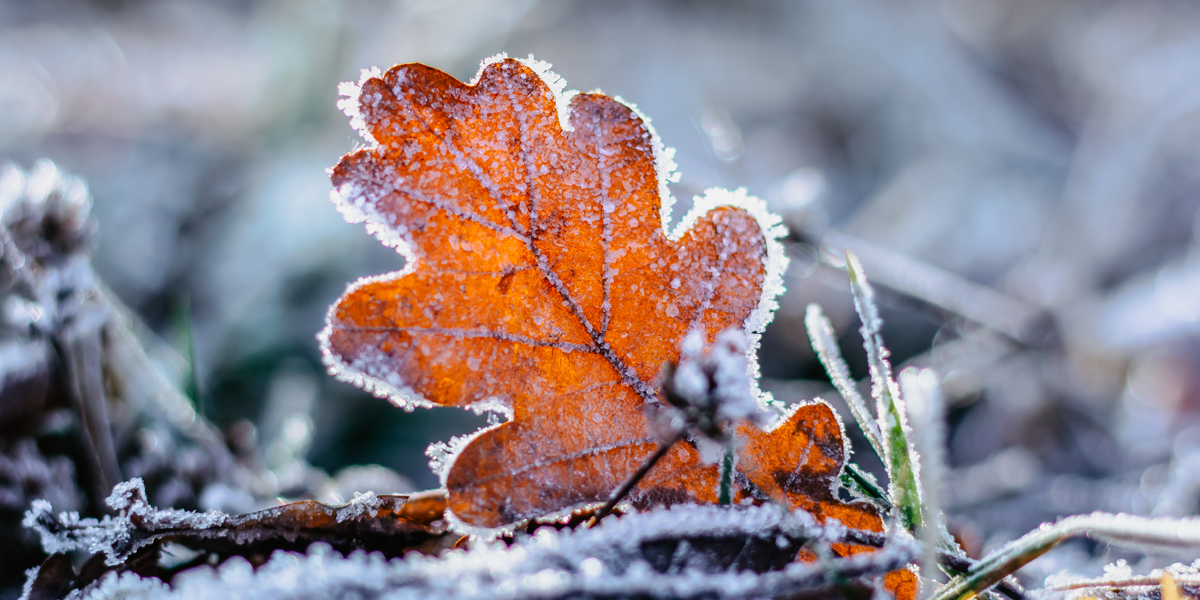
Fall Gardening Tip #1: Know your frost date!
I’ve found the Old Farmer’s Almanac dates to be pretty accurate! My family’s sworn by the print version’s predictions for years, and it’s what I always go back to. Now, in this here year of 2021, you can go and enter your location to see your frost dates online.
So, I’m seeing that, in all likelihood, I’m going to get the first frost around October 19 in Pittsburgh, Pennsylvania. That means I’m going to, personally, for practical purposes, try not to have any plants that will die with a light to moderate frost planted in such a way that I’m hoping to harvest from them any time past the first week of October. I’m not going to plant those plants! (It is, alas, not time for any peppers, tomatoes, eggplants, or really corn. We’re not going to talk about them just like we didn’t talk about them with seed-planting in June. These babies get started early and need to be grown during the hot weeks of midsummer.)
On the other side of the spectrum, plants that can stand some moderate dips in temperature might be with me through the end of October and even into November, which is awesome. I grew up in western New York State / Buffalo, right up on the Canadian border, so my internal clock is set to “it snows in October.” If you’re farther north, you’re probably counting on even less time, and similarly, if it’s hotter where you are, you’ll have a longer growing season. If you’re in Richmond, VA for example, your first frost date is October 30. If you go even farther south, you don’t really have a frost date, even if temperatures will cool somewhat.
Why do we need to know the frost date? So we don’t set ourselves up for disappointment. It sucks to plant something and then have it die in the cold before you can eat anything from it! It also is a little less than satisfactory for something to stop growing because it’s too cold, so you wind up with a teeny tiny (but tasty) plant. My tiny cabbages from last year were my lesson in this (don’t worry, they still made beautiful cabbage rolls) — because, yes, these plants can survive the cold, but you want them established and to have done most of their growing before the frost date.
And yes, there are ways to extend the growing season: greenhouses =, cold boxes, various configurations of translucent tarp — but we’re not trying to start a homestead here, we’re just growing a few vegetables that you maybe haven’t even put any thought into it until this very moment! We’re going to keep it simple.
So Now You Know Your Frost Date! What Does It Meeaaaan!?
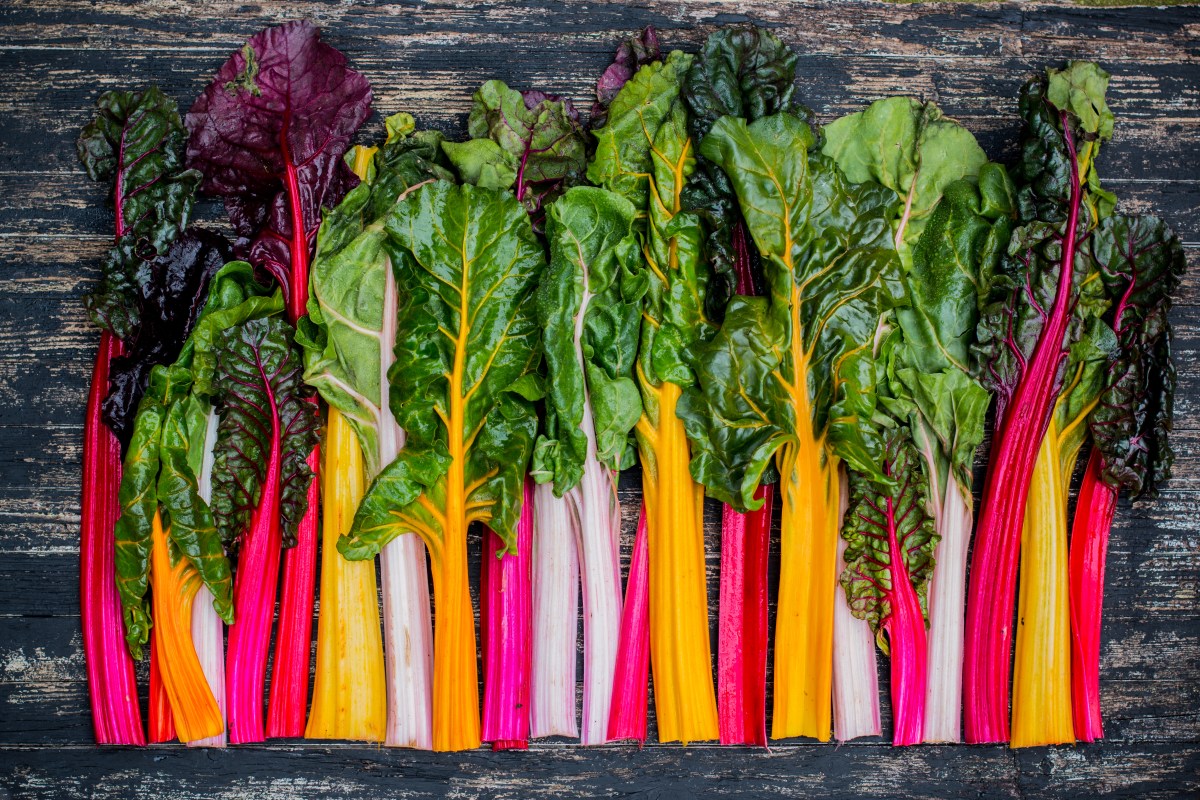
Random Fact My Girlfriend Loves: Did you know Swiss chard and beets ARE THE SAME PLANT, just bred over the years to either emphasize the leaves or the root? Wild. Anyway, like beets, Swiss chard is an awesome addition to a fall or winter garden! Fall Gardening Tip: Keep the plant growing for longer by harvesting from the outside and letting it replenish itself.
We have to look at the time to grow to maturity for whatever you’re planting, the time to harvest, and then count backward from the frost date. If you want to be the safest, time it so your plants are ready to harvest at around your frost date. In my example, I’m going to stagger planting dates so that I have three harvests ready to go at different times. So, let’s use beets as an example:
Beets take 7-8 weeks to mature from sowing to harvest, and I want them to go through about one frost, so I’m going to count backward about 6 weeks from October 19 and not really go past that.
I’m going to stagger planting dates so that I have three harvests ready to go at different times (this is also called succession planting). So, here is my planting calendar for beets.
Week 4 of August: Plant ⅓ of my beets, these should be ready for harvest in about the second week of October or later (these probably won’t face much frost but should enjoy maturing during the cooler weather)
Week 1 of September: Plant ⅓ of my beets, these should be ready for harvest around the third week of October or later
Week 2 of September: Plant ⅓ of my beets; these should be ready for harvest around the fourth week of October (really playing with the frost date with these) or later
Remember, my frost date is October 19. Yours might be different.
When it comes to planning your garden, different plants have different times that they take to grow, so you need to do this for each plant! Besides checking your frost date, my top fall gardening tip is to plan your garden in advance so you don’t miss your planting times. Here is a quick shortcut guide of vegetables to plant for fall with days from planting until harvest based on info I have gathered from the internet, put here just for you:
Beets: 50-70 days
Swiss Chard: 70-84 days
Carrots: 60-80 days (seeds need to remain damp)
Cabbage: 70 days
Bok Choy: depends on variety (baby versions can be ready really quickly), 45-60 days
Kale: 55-75 days
Mustard Greens: 40-70 days (really depends on how big / mature you want the leaves to be)
Broccoli: 80-100 days (I personally wouldn’t plant broccoli where I am at this point, but maybe if you’re somewhere warmer you could pull it off!)
Kohlrabi: 45-80 days depending on variety
Radishes: like 28 days, as little as 18 depending on the variety — these are so fast just keep planting them until the last minute in my opinion.
Peas: sugar snap peas (my #1 recommendation for a beginner gardener) will usually start producing after 40-60 days
Lettuce: depends on variety, as little as 30 days, 45 more commonly, longer
Arugula: as little as 28 days for common arugula, wild rocket can take longer
Spinach: 45-50 days, also depends on variety
What I’m Planting
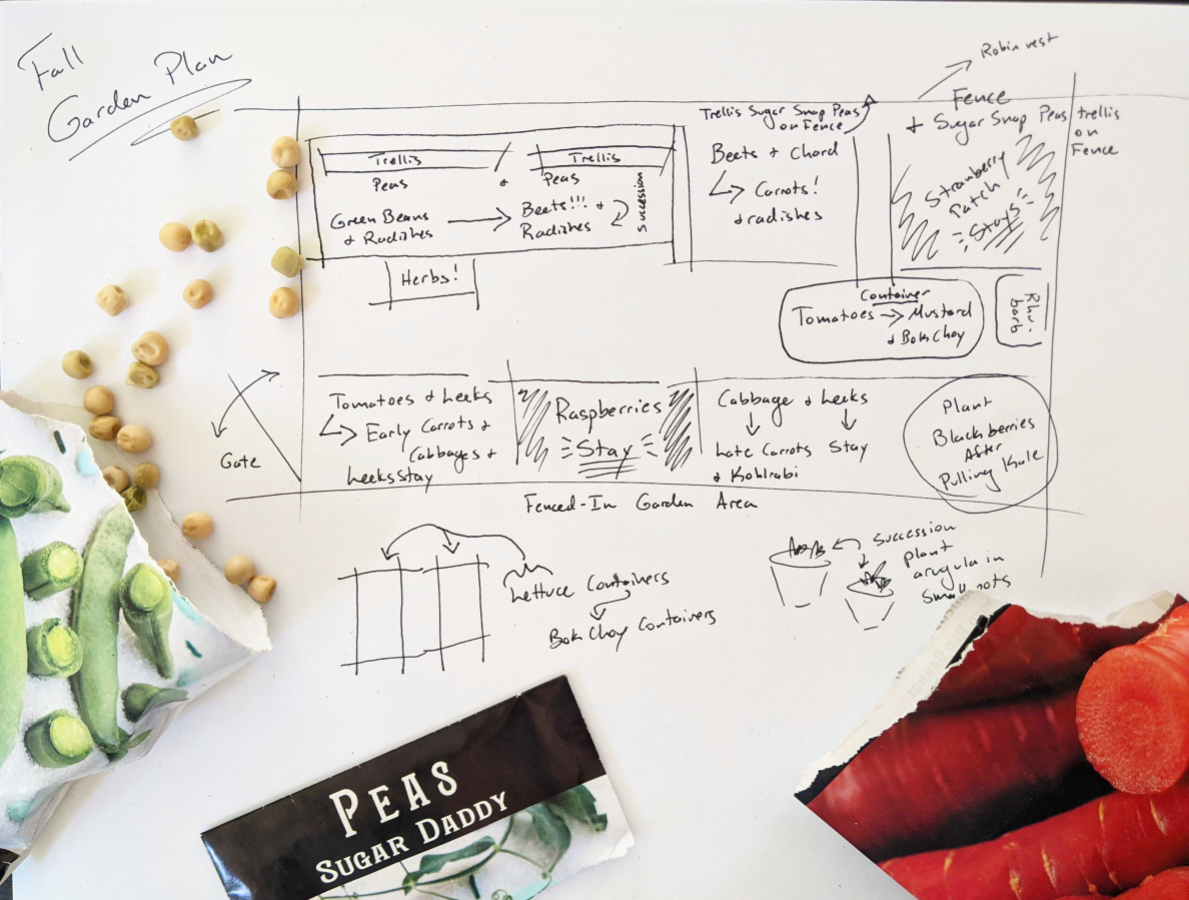
Once I get the seeds in my hands and I’ve got a patch of dirt in front of me, I start making serious last-minute choices that I DID NOT PLAN. Like “I just want more beets than that.” Having a plan helps me keep track of what is where and also helps keep me to task so that I am sure to plant some of everything in my fall vegetable garden that I want to have later on in winter.
As you can see, I have some summer harvest vegetables going; tomatoes, kale, swiss chard, beets, peppers, cabbage and runner beans.
I’m going with some things I KNOW will do well and trying some things for the first time. I’m looking forward to the slower pace of a fall vegetable garden, and hoping that a little cold slows the pests a little. (Not a gardening tip: just a wish, from me to the universe.)
In terms of things I know will do well, I’m planning more sugar snap peas where I currently have runner beans trellised. These are always a hit and I don’t feel like I can have too many. I’ll probably trim back my grape vines pretty hard (I have wild grape vines that came with the place, that I keep around for their tasty leaves, harvested in late spring).
Once the green beans, radishes and peppers have run their course, I’ll pull them and replace them with beets, succession planted as outlined above. Where I currently have my beets, I’m sowing carrots and a few cabbage plants. Some people get hardcore into crop rotation. I have limited space so I do what I can, but there is advice out there for what to plant before and after what else, mostly as an effort at pest management.
As for new things, I’m trying bok choy in my spring lettuce containers. The spring lettuce turned bitter, is now dead and ready to be pulled. I’m going to try some mustard greens and other lettuces in my tomato container later on.
What Do I Do With My Fall Vegetable Garden Now?
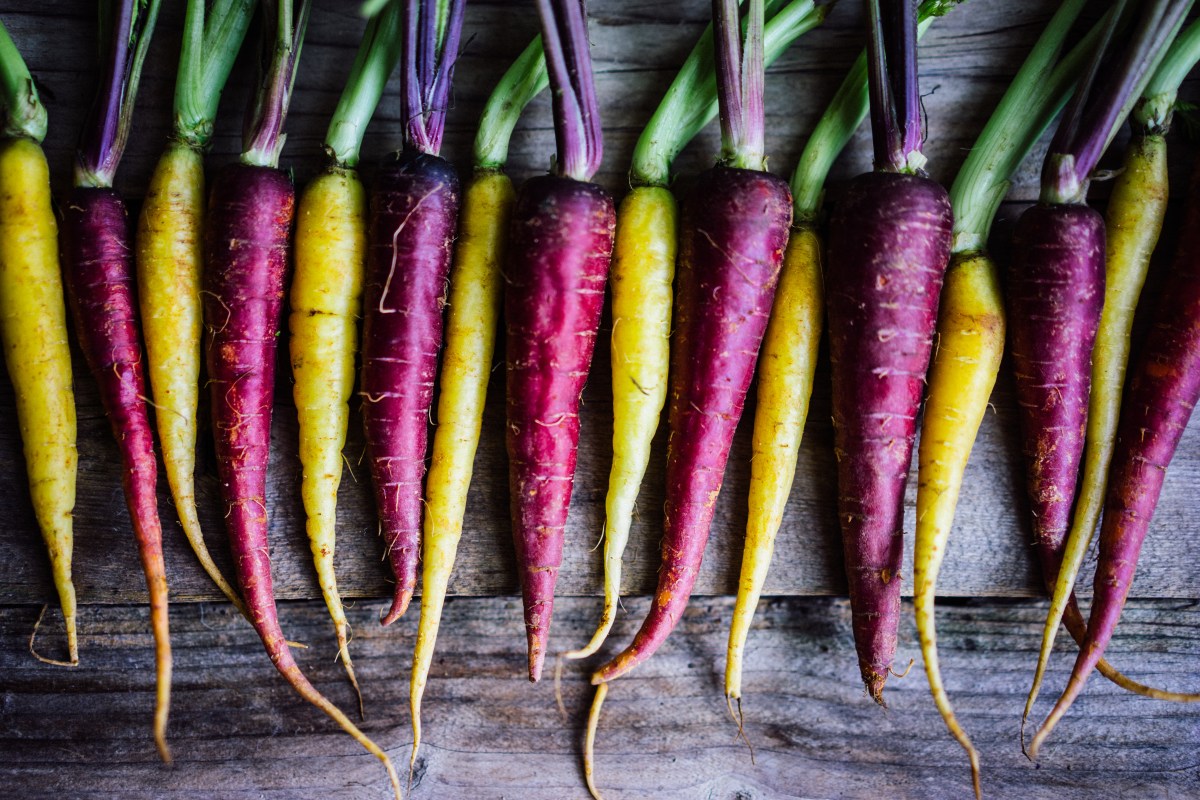
Fall Gardening Tip: Carrots can break up soil and help prepare it for vegetables that you want to plant come spring. Cool! Plant some carrots in a rough patch of your fall or winter garden to help loosen soil. You may get carrots that are kind of funny shaped but who cares? They taste the same and carrots that look like they have legs are the best.
Get planting! All of these will do well in cooler weather for a fall planting. I recommend that you do research specifically on whatever you decide to plant, just to make sure you have the right conditions. I talk a little bit more about growing plants, like peas, that require a trellis in my first gardening article.
So, the point here: If you combine your frost date + the knowledge that you now possess of plant grow times, you likely have time to grab some seeds and get a patch of ground ready (don’t forget to test your soil for lead and if you need to do this you can get a sample tested for $20 here). Carrots are great for soil that’s a little rough, if that is your situation. I’ve also seen cabbages persevere (though grow slowly) in heavy clay soil. Peas are intrepid. Most of these, and even root veggies, also do pretty darn well in raised bed situations. These are especially good if your soil isn’t safe to use or if you can’t get it tested (because with a raised bed, you are using soil you bought from a gardening store that is safe and I hope lead-free).
After you sow the seeds and take care of them according to instructions, you should be well on your way to a beautiful fall harvest. Soon, autumn won’t just be about pumpkins; it can also be about beets and carrots, lettuce and sugar snap peas and all the colorful fall vegetables you’ve planted. You did it! (Or you will!) Proud of you!
Another note: with most of these plants, beets, lettuce etc — if you follow the seed packet instructions, you’re going to have thinnings. You can eat these! I like them on top of poached eggs on toast. You could put them in a sandwich, IDK dream big!
Some Other Things to Do With Your Vegetable Garden in the Fall
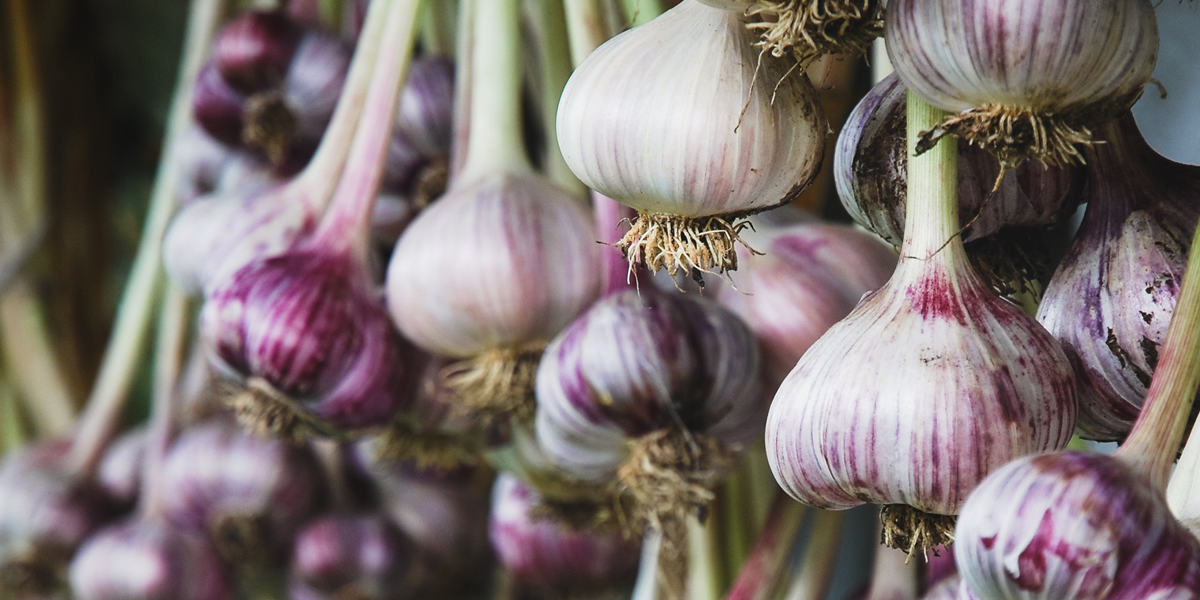
Hot Fall Gardening Tip: Garlic is Awesome
This fall, once I pull some of my summer plants, I’ll transfer some potted blackberry plants into my caged area so they’re safe from deer and will cover them for the winter. I’m also going to try and cover and preserve my huckleberry and ground cherry bushes so they hopefully grow larger next year. Finally, depending on where you are, September and October are the time to plant garlic for the following summer harvest! You can get seed garlic, or if it’s sold out because it is always sold out these days, you can break apart and peel the skins from garlic you get from a farmer’s market and plant each individual little clove pointy side up (and mulch on top to keep it tucked in and warm all winter). I tried both farmer’s market and store bought garlic last year and…only the farmer’s market survived, thus the recommendation. Harvest these the next late June or July, when the tops (scapes) start to brown. Keep this timing in mind as you plan your garden in case you want to have a garlic patch!
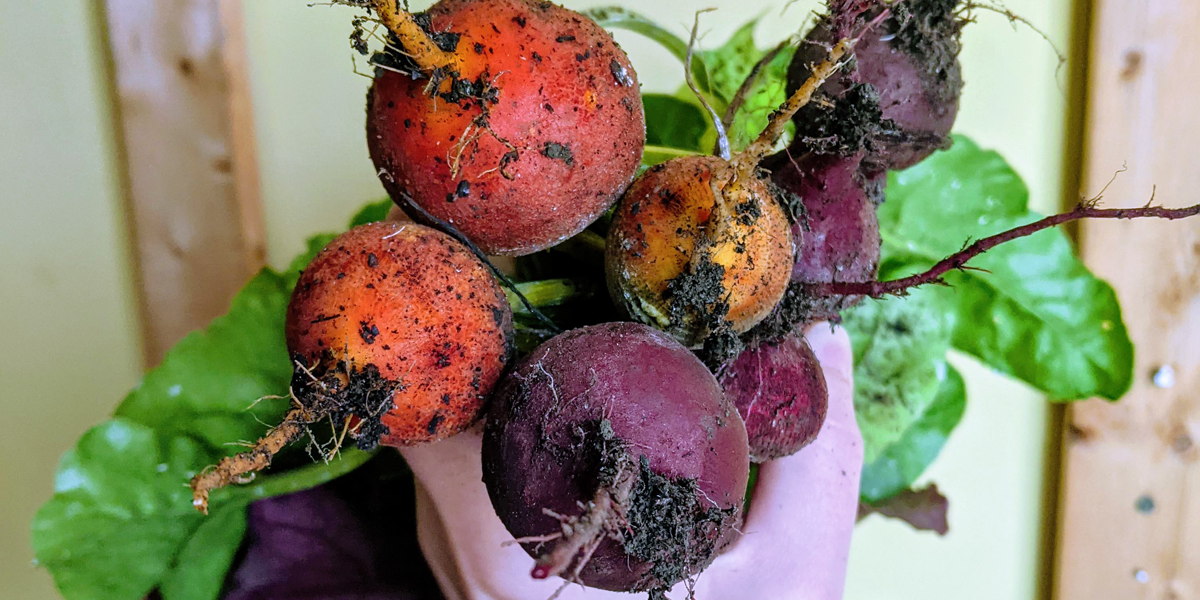
I grew these beets! Look at that dirt! Don’t eat that part! That’s my number 1 fall gardening tip: don’t eat dirt.
Got tips, tricks, recommendations, fall gardening plans or questions…maybe even garden photos? I would love to see them in the comments! Good luck out there, my gay gardeners. I believe in you!

In the world wot I live in (north London) we call that rainbow chard, not Swiss chard, which makes it objectively gayer as a vegetable 🌈
Oooh! I have also heard it called that. Thank you for the reminder. That IS much more gay and I love that for us.
Excellent recommendations. We had monster chard last year, it grew through frost and even snow until after x-mas. I think I harvested until November. It would probably have grown forever.
And I had no idea about the beet green = chard. But it makes sense. I had beet green as salad last year and it was pretty awesome in small dosages, a bit like sorrel.
That’s awesome about how long the chard lasted last year!
Thank you for this!! Love seeing more queer garden content, it’s been such a solace for me too. My girlfriend and I leaned all the way into the queer gardener world and started documenting our journey over at @littlebronxprairie on Instagram and I’d love to follow any other gay gardeners! It’s been amazing to learn from the community and thank you for the reminder I need to go pick up some radish seeds!
I hope you do not mind that I followed you all! Your instagram is so great and your garden looks truly lovely! Definitely agreed that it can be such a comfort to garden, wherever we’re starting in terms of experience! <3
This is one of the most informative and well written gardening articles I’ve ever read. Thank you so much Nicole Hall for the simple breakdown and plethora of fall harvest information.
Thank you so much for taking the time to read and to comment! I really appreciate it!
This article is perfectly timed! I just went back to the allotment today after two months (Masters dissertation…it’s still going but i needed a break) and cleared enough we could maybe plant in time. AND harvested our very very first veg (gold rush zucchini!)
Nice! Congrats on the zucchini! Sending you good thoughts for your masters dissertation!